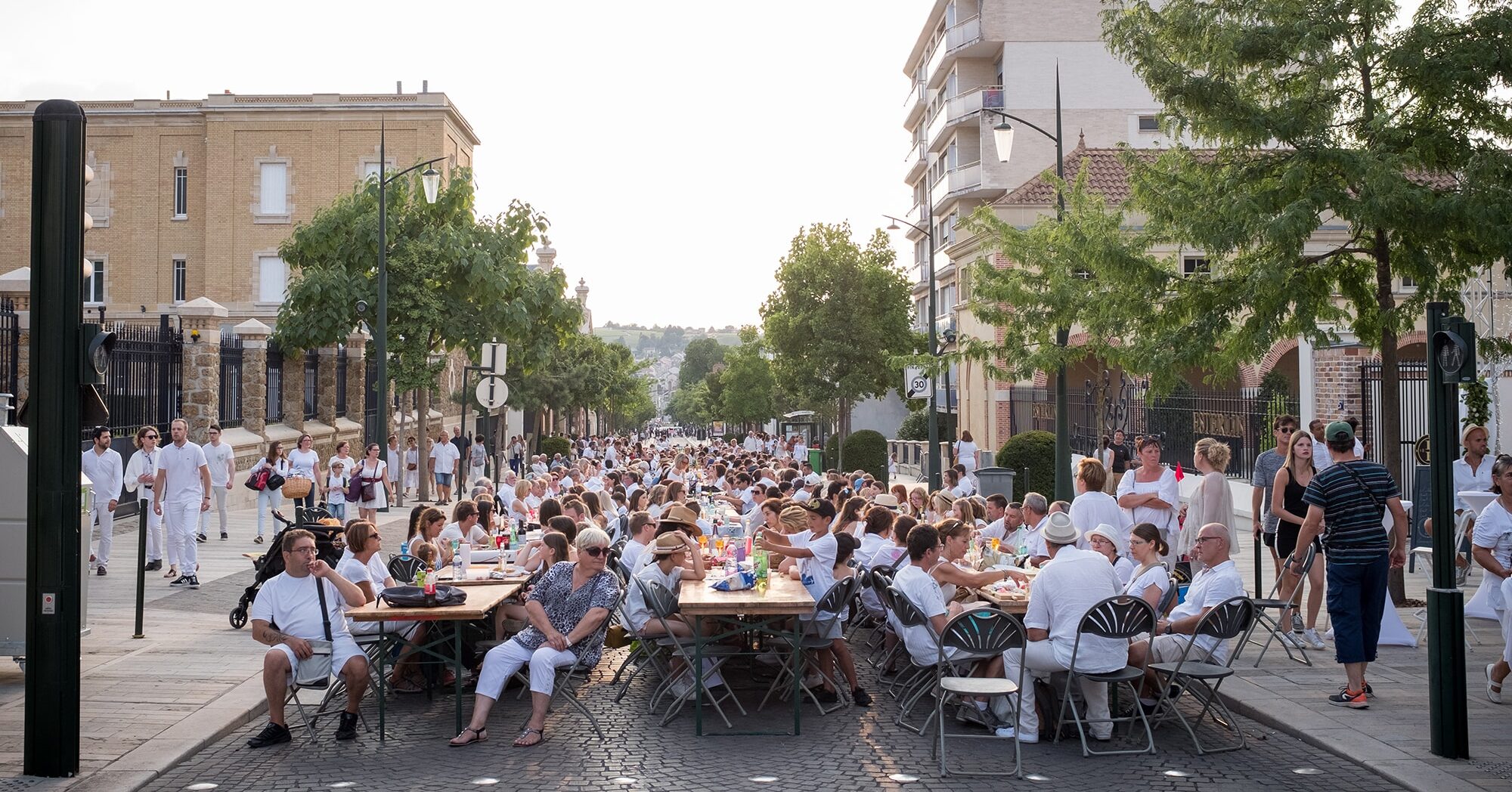
WEIGHT: 60 kg
Bust: 36
1 HOUR:150$
Overnight: +40$
Sex services: Massage Thai, Blow ride, Fisting vaginal, Face Sitting, Role playing
On the 11 November the armistice was finally signed, bringing peace to a Champagne that had suffered harshly during the four years of war, paying with its people, many of whom were killed, injured or still remained unaccounted for, and with its possessions, which had been ravaged, mutilated and destroyed. In the region of Rheims , the main export centre of our trade before , wrote Bertrand de Mun in the Vigneron Champenois of December , in November there were nothing but ruins, there was no housing or storage facilities, parts of the cellars were underwater, equipment had been scattered or disappeared, a few brave individuals had returned but did not even have a roof over their heads.
Luckily in the region of Epernay the damage was infinitely less serious. It was nevertheless considerable. Thank God not a single shell or bomb of any size was able to reach the cellars; the stocks, despite some pillaging, were still substantial, but some wines had been spoilt through lack of care, and others destroyed whilst in warehouses or during transport. The situation in the vineyards was grave. Vines that had had to be abandoned were ravaged by shell holes, covered in trenches and shelters, criss-crossed with barbed wire, and infested with unexploded bombs; the work involved in reclaiming them was enormous.

Even those that had been spared the fighting were often only producing half the normal yield. The vine-growers situation went hand in hand with that of their vineyards. They had to replant the vines, rebuild their houses, buy furniture, horses and equipment and There was a severe lack of ready money because the harvests had hardly earned them anything since ; they had either received very little due either to poor sales, or nothing at all due to the war. And even though they had begun replanting they knew full well that they would have to wait four or five years until they started to see any return on the substantial expenses incurred.
Furthermore, according to a survey published in the Vigneron Champenois in March , the costs of growing vines in lines was three or four times higher than that of growing them "in crowds" as they had done in the last century. In the costs were between 12, and 18, francs per hectare depending on the type of production. Many were able to survive only because of the meagre allowance paid by the state, while they waited to receive war damages, the payment of which was still postponed.

It is admirable to think that in these conditions a great number of vine growers kept up their spirits and set about the task of removing the scars left by the war, working incessantly for several years in order to accomplish a return to full production.

































